F1 and tragedy: Inside the devastating reality of one of the world’s most dangerous sports
Ten years on from Jules Bianchi’s fatal accident in Japan, Kieran Jackson takes a deep dive into the concept of grief in motorsport and speaks to the different groups impacted – and united – by tragedy

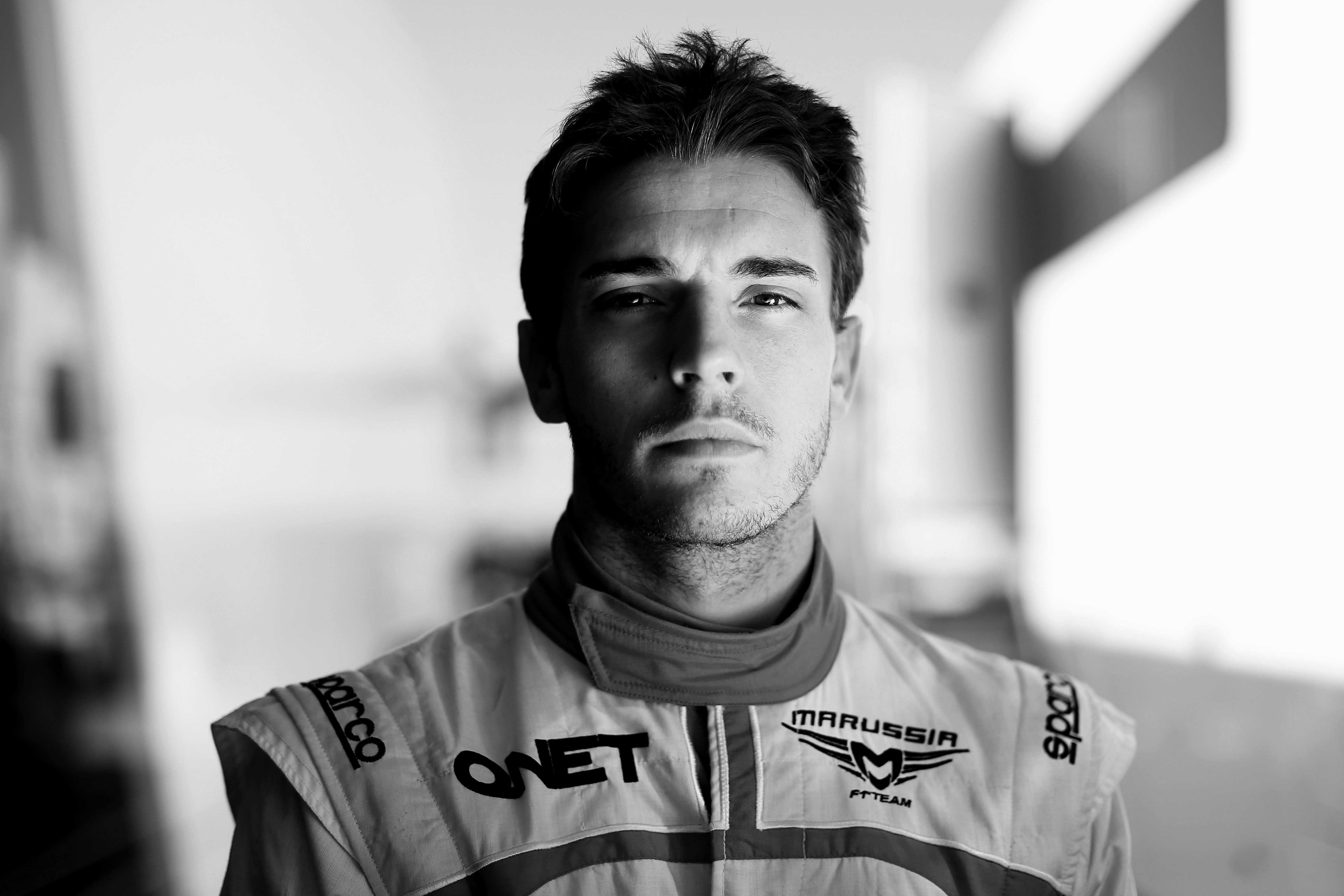
Pinned on the barriers of every motor race in the UK, whether it be a national touring event or Formula One grand prix, is a caution to both the drivers in the cars and the fans in the grandstands.
Warning: Motorsport can be dangerous.
Since the turn of the century, advancements in driver safety have been monumental, particularly at the top tier of single-seater motorsport. Between 1995 and 2015, F1 experienced no fatalities, following 45 years where 32 drivers lost their lives.
F1 FATALITIES BY DECADE
1950s – 11
1960s – 8
1970s – 9
1980s – 2
1990s – 2
2000s – 0
2010s – 1
2020s – 0
But huge crashes and devastating incidents still occur. The gargantuan risk of racing at 200mph is omnipresent – and should not be overlooked.
As F1 marks 10 years since Jules Bianchi’s fatal accident at the Japanese Grand Prix, we speak to figures across the motorsport community to try and understand the full range of emotions – of shock, reflection and grief – when such tragedy occurs.
How do different groups respond to the death of a driver? What complex emotions do such incidents evoke? And how do these change over time?
Dissecting the reaction of those in F1, and feeder series F2, we take a look at four different fatal accidents and the various responses of those across the paddock.
The team
It took a few years for me not to think about Jules every day... even for a few seconds.
Max Chilton remembers the moment vividly. Racing in the United States at Iowa Speedway in the 2015 Indy Lights season, the British driver had just earned his first victory, beating his teammate Ed Jones in the process.
Two days earlier, his former teammate at Marussia Racing, Bianchi, had passed away following nine months in a coma. It was F1’s first fatality since Ayrton Senna, 21 years earlier.
“I swear Jules was looking down at me,” Chilton says, reflecting a decade on from a tumultuously emotional time in his life.
“I started on pole and then my teammate got past. I was f****** angry but I had to work for the overtake and pulled it out of the bag. To this day, I feel like Jules was the welly up the back.
“I devoted the win to Jules and he pushed me on. It shocked me that he wasn’t coming back.”
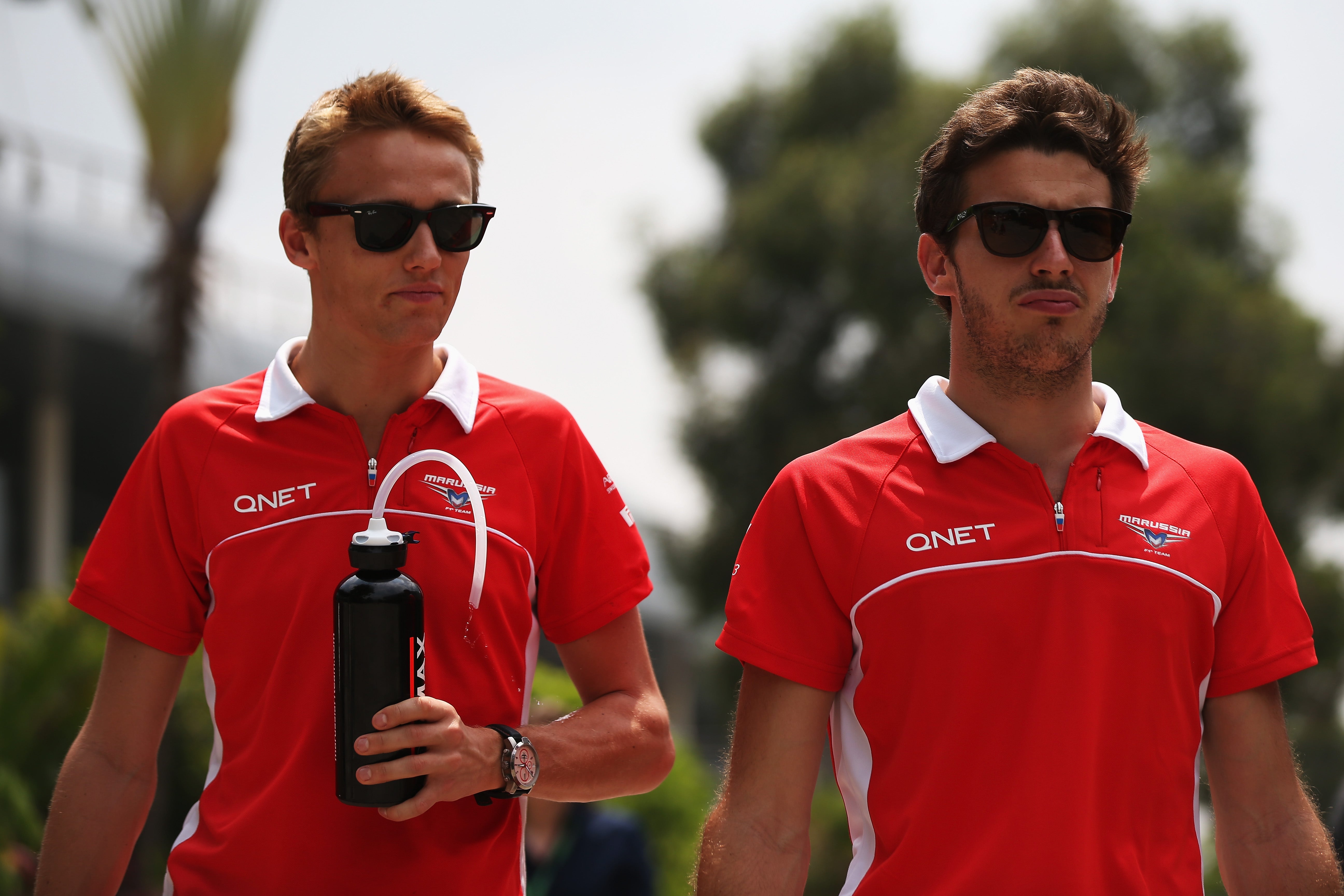
The concept of ‘teammate’ is perhaps the biggest paradox within motorsport. In most sports, a teammate is primarily someone to work alongside in harmony towards a common goal. Internal competition? That comes secondary.
But in F1, particularly for a plucky outfit like Marussia destined for the back of the grid, it is ultimately what you are judged on. How do you square up to the driver on the opposite side of the garage?
Chilton, hailing from Reigate in Surrey, first shared a team with French hotshot Bianchi at the age of 12. The duo shared a podium together when racing for karting outfit Maranello in Rome and competed against each other in Formula 3 and Formula Renault.
“Jules was the greatest young driver of that time,” Chilton tells The Independent, in a profound discussion about his career. “Formula 1 is all about beating your teammate. When I did beat him, I knew I nailed it.
“But he beat me a lot more times than I beat him.”
The statistics actually say otherwise; the pair were virtually neck-and-neck over 34 races. But Chilton and Bianchi had, in the under-resourced, over-stretched Marussia, the slowest car on the grid alongside fellow backmarkers Caterham. That debut 2013 campaign bore no points. It was only Bianchi’s sumptuous drive from 21st to ninth in the 2014 Monaco Grand Prix that saw the team pick up their first top-10 finish.
By October and the Japanese Grand Prix, work was already underway behind the scenes for Bianchi to drive for Ferrari; if not in 2015, then a few years down the line. Until tragedy struck.
On a dark, drizzly day at Suzuka, Bianchi’s car slipped off the track and hit a recovery truck that was moving the stricken Sauber of Adrian Sutil. Bianchi suffered a severe head injury and following nine months in a coma, he passed away on 17 July 2015.
“What I remember from that day [in Japan] was the driver parade,” Chilton reflects. “I was in front of him in a convertible and he was 100 metres behind me in his own car, standing under a Marussia umbrella. We both looked at each other and smiled, with the thought of ‘what are we doing here?!’
“That was the last time I saw him and laughed with him. Fast-forward to the end of the race… it was only when I got into the pit-lane that Tracy Novak [head of PR for Marussia] told me ‘don’t talk to anyone.’ I was then told how serious it was.
“I’d been in racing long enough, I know people have serious accidents. I just hadn’t prepared myself for that and, to this day, I have not seen footage of the accident. I don’t want to see it.”
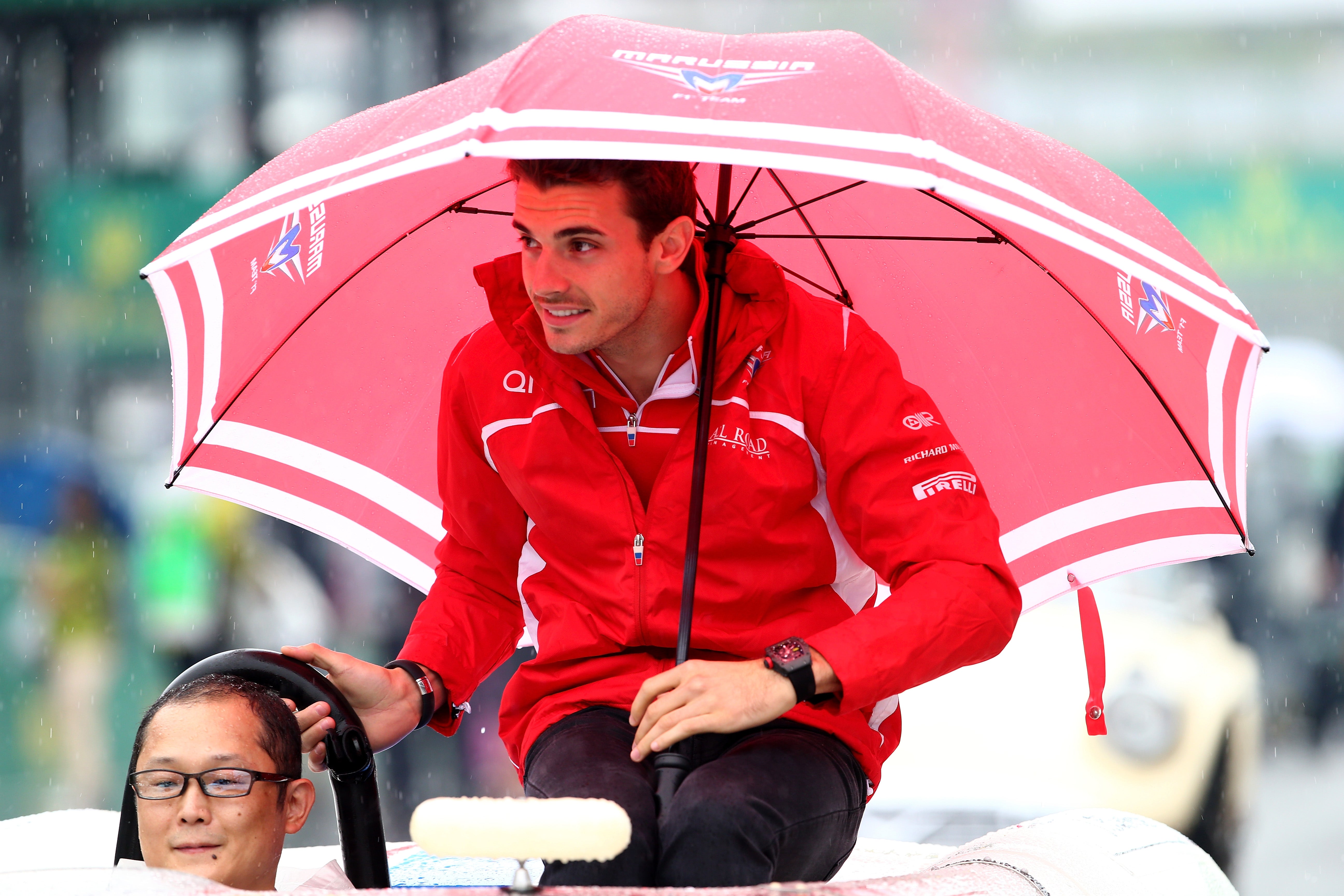
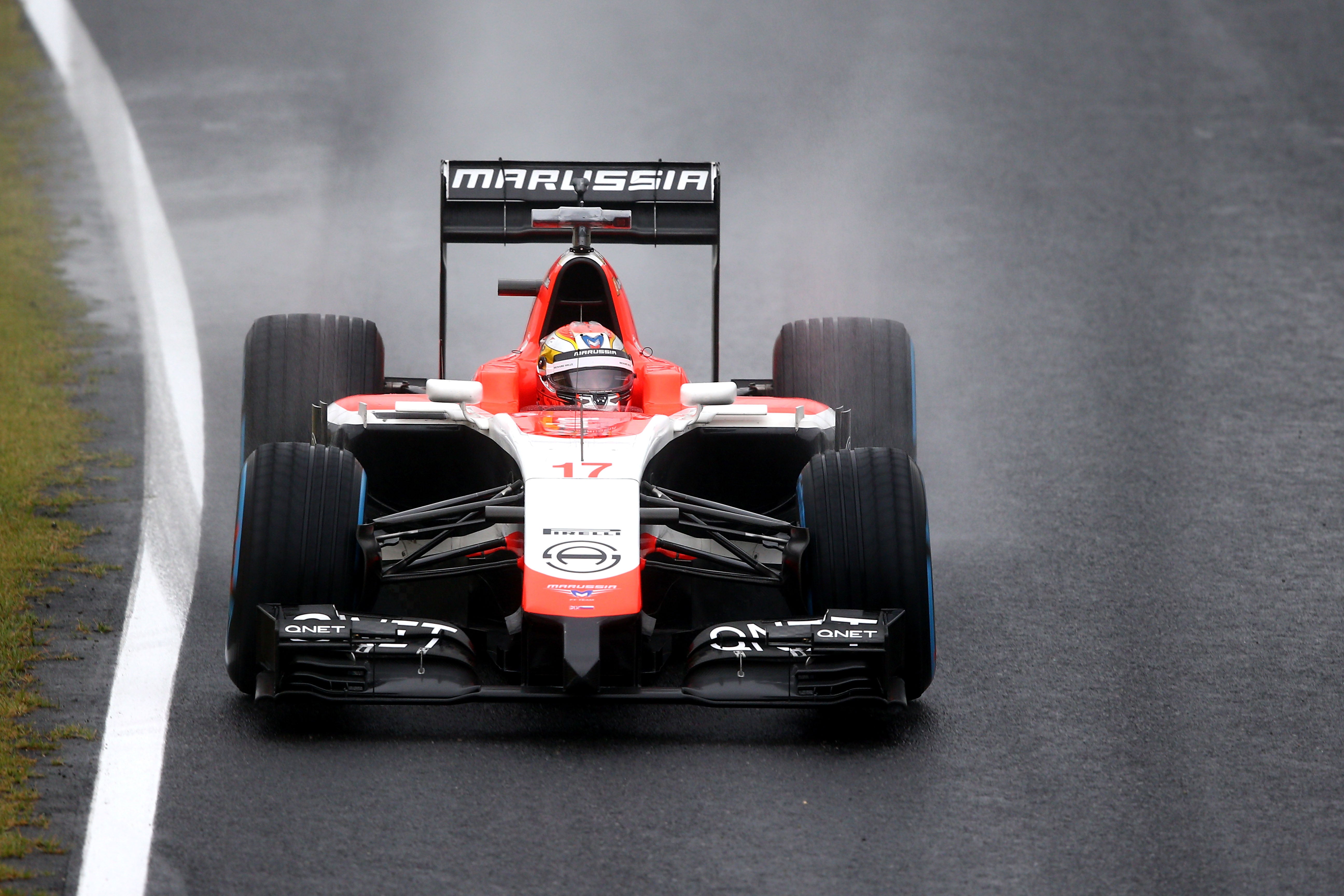
A week later, F1 went racing again in Russia and, for Chilton and Marussia, it would be their final outing. The team were placed into administration shortly afterwards and failed to complete the season. But, in light of events in Japan, the job prospects of 200 team members felt somewhat immaterial.
It wasn’t until the following summer, and that weekend in Iowa, that Chilton and the world started their mourning process. As Bianchi’s competition and companion at Marussia simultaneously, did Chilton grieve?
“It took a few years for me not to think about Jules every day, even if it was for a few seconds, and there’s still not a week that goes by without me thinking about Jules,” Chilton says now, with a nod to one of F1’s current staple of drivers.
“I’ve never met Charles Leclerc. But when I see Charles on TV, he is Jules. The way he speaks and drives, it’s the same. Charles is driving for Ferrari, which is what Jules would’ve done, so I enjoy watching Charles succeed.
“I’d like to think Jules passed something on to him.”
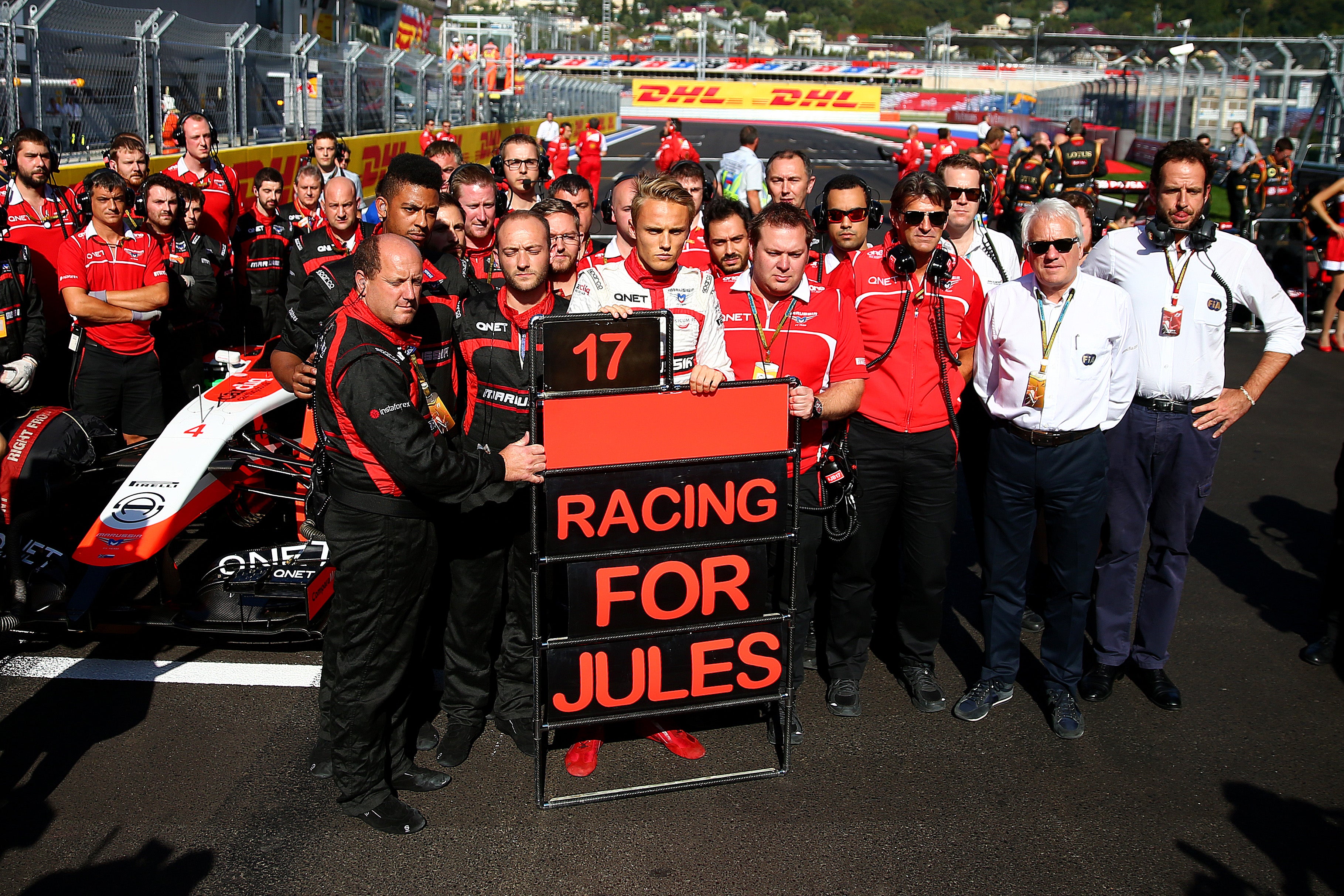
Indeed, Bianchi holds a beloved spot in Leclerc’s heart, as illustrated by the Monegasque’s tribute helmet for his godfather in April. But for Chilton, mourning Bianchi’s loss is indicative of the camaraderie felt within a cohesive racing team, even for an outfit as shortlived as Marussia.
Now retired and thriving in a new world of property entrepreneurship, the 33-year-old is grateful for the memories and friends made. Yet the cruelty of Bianchi’s accident had an unusual way of binding the team together, in a moment of such despair.
“It was a slightly eerie feeling,” he says of Sochi, Marussia’s final F1 race. “All Jules’ mechanics were there, the car was looking clean.
“But there was never any doubt of putting someone else [a reserve driver] in the cockpit. It was always going to be Jules’ car in the pit lane.”
The family
People talk to me about my Dad and say ‘we were so sad when Gilles died’. But they didn’t even know him.
Whenever an athlete passes away, the outpouring of tributes from those within and outside of sport can be a very sincere and significant source of support. But while teams and fans may feel an authentic sense of loss, there can be no doubt where the majority of thoughts head, when such a tragedy occurs.
Formula 1 and motorsport paddocks are a close-knit bubble. Drivers, often backed financially and emotionally by their families for many years in pursuit of their dreams, are often accompanied by their parents in the garage. Sometimes, the older generations pass on their love for racing; so much so that both father and son reach the pinnacle of the sport.
In the history of F1, there have been 15 father-and-son combinations who have both raced in the sport. Of those 15, eight have experienced championship success. Jacques Villeneuve, the 1997 world champion, was one of them; a lifetime goal accomplished 15 years after the tragic death of his father, Gilles, who died at 32 years of age while racing for Ferrari at Zolder in Belgium.
F1 FATHER-AND-SON DUOS
- Mario Andretti (1968-1982, ‘78 champion) & Michael Andretti (1993)
- Sir Jack Brabham (1955-1970, 3x champion: ‘59, ‘60, ‘66) & David Brabham (1990-1994)
- Wilson Fittipaldi (1972-1975) & Christian Fittipaldi (1992-1994)
- Graham Hill (1958-1975, 2x champion: ’62, ’68) & Damon Hill (1992-1999, ‘96 champion)
- Jan Magnussen (1995-1998) & Kevin Magnussen (2014-current)
- Satoru Nakajima (1987-1991) & Kazuki Nakajima (2007-2009)
- Jonathan Palmer (1983-1989) & Jolyon Palmer (2016-2017)
- Reg Parnell (1950-1954) & Tim Parnell (1959-1963)
- Andre Pilette (1951-1964) & Teddy Pilette (1974-1977)
- Nelson Piquet (1978-1991, 3x champion: ’81, ’83, ’87) & Nelson Piquet Jr. (2008-2009)
- Keke Rosberg (1978-1986, ’82 champion) & Nico Rosberg (2006-2016, ’16 champion)
- Michael Schumacher (1991-2012, 7x champion: 1994-1995, 2000-2004) & Mick Schumacher (2021-2022)
- Jos Verstappen (1994-2003) & Max Verstappen (2015-current, 3x champion: ’21, ’22, ’23)
- Gilles Villeneuve (1977-1982) & Jacques Villeneuve (1996-2006, ’97 champion)
- Manfred Winkelhock (1980-1985) & Markus Winkelhock (2007)
“We all lived the same passion,” Villeneuve reminisces, suited and booted at the Goodwood Revival in September and willing to take a trip down memory lane once more.
“The racing was intense but around that, growing up in F1 was fun and relaxed. It was amazing to see how people put their lives on the line, just to feel alive.”
It was at the age of five that the Canadian, son of one of F1’s most endeared souls, decided there was nothing else he wanted in life other than to emulate his old man.
Six years later, aged 11, Gilles’ violent crash in Belgium saw Villeneuve Jnr. heartbreakingly lose a parent. The grief was deep. But it was the reaction of the masses which actually caught Jacques, aged 11, off guard.
“It was hard to lose a father,” he says now, 42 years on. “But the weirdest thing was how many people lost him... that was odd.
“Even today, when people talk to me about my Dad, they say ‘we were so sad when Gilles died’, but they didn’t even know him. So as his son, that was awkward and really strange.
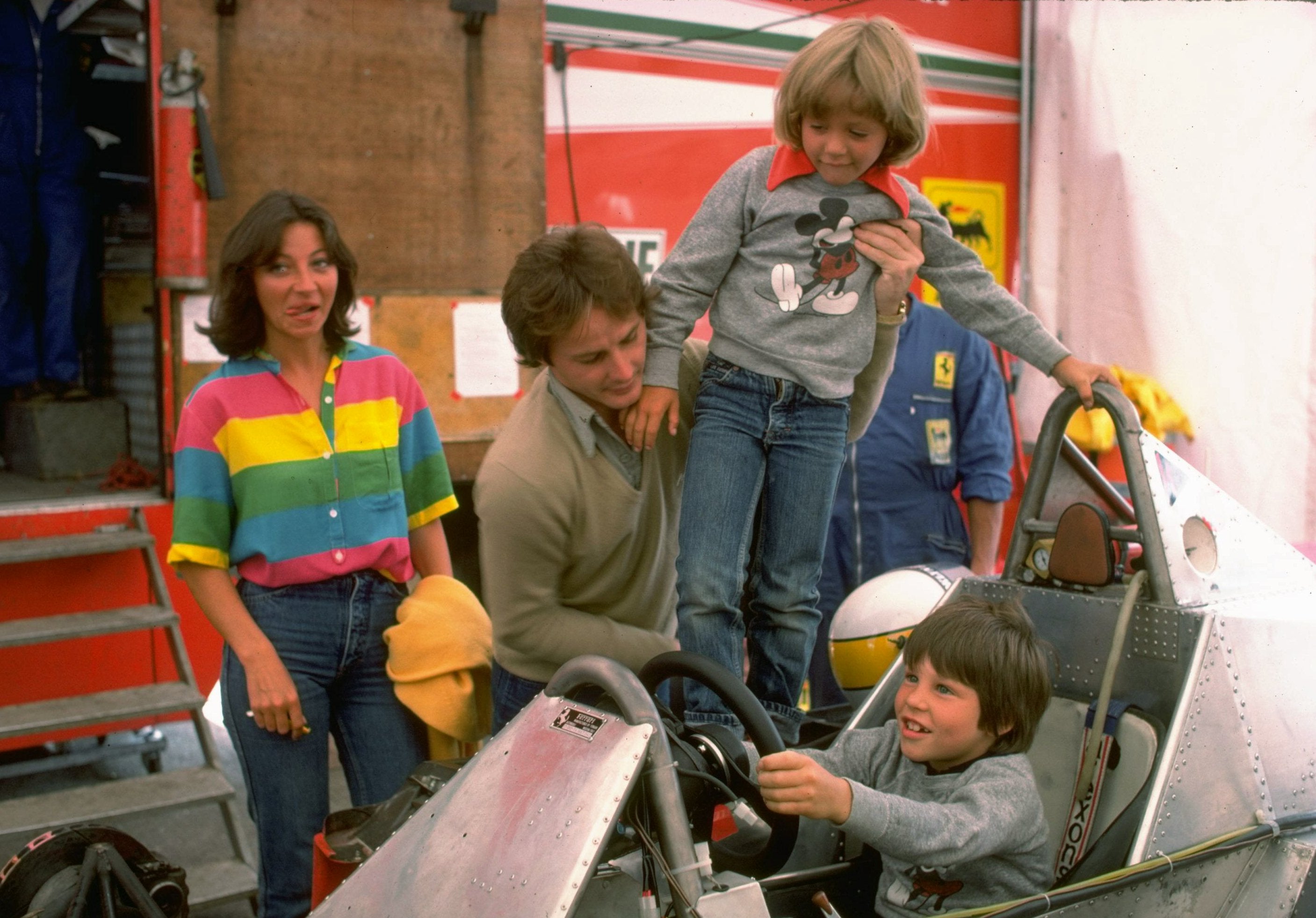
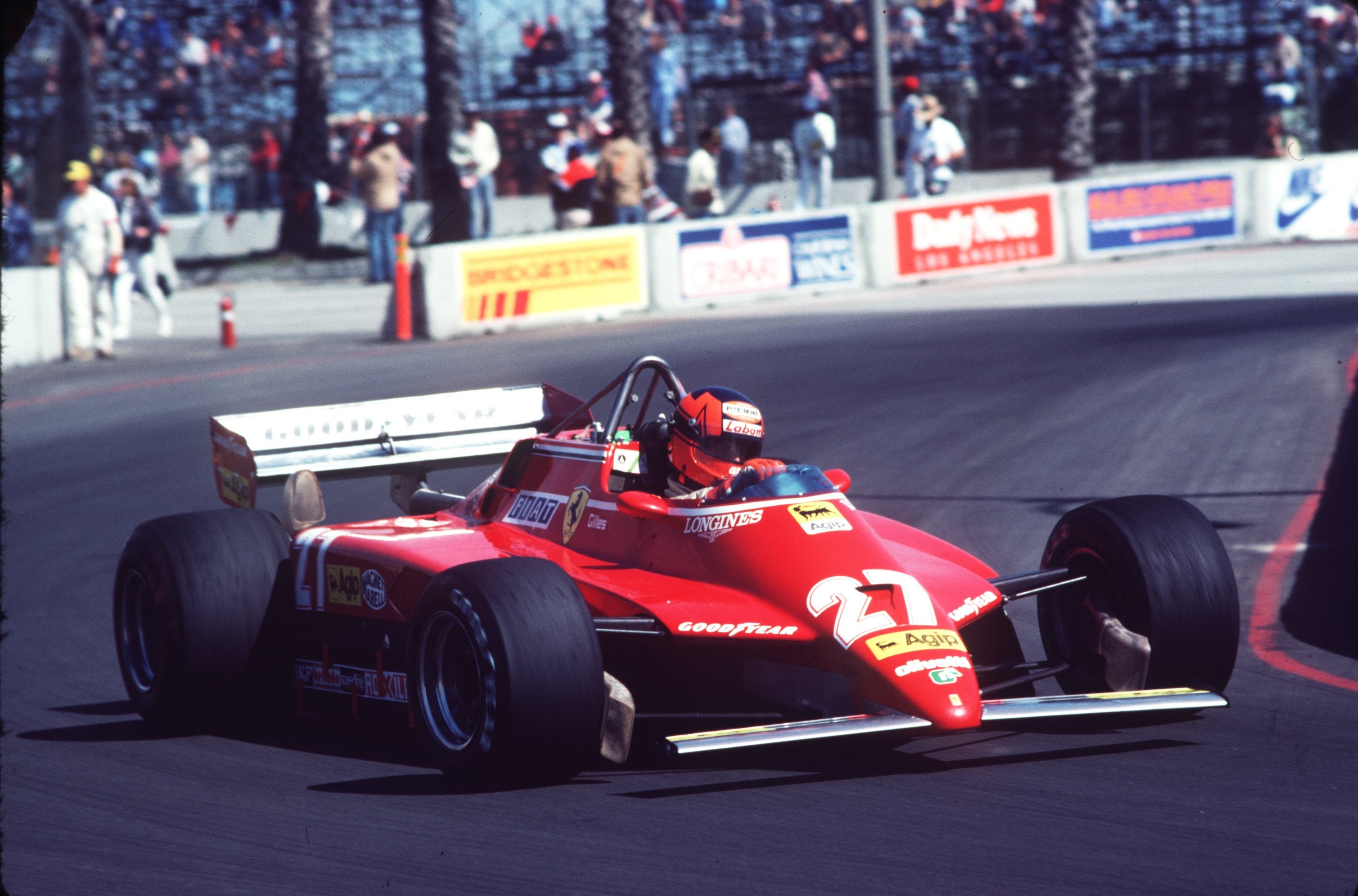
“I then grew up being known but without having achieved anything myself. It put me on the back foot and made me shy. Why was I there? I felt like a fraud until I started racing myself.”
Somewhat astonishingly, Villeneuve Jnr. was undeterred. He went to boarding school in Switzerland and skied like he raced: on the limit. By the time he made his F1 debut in 1996, it felt like an arrival to a destination foreseen for some time.
“I just knew I would race in F1, it was logical,” he says. “It sounds a bit pompous or one-dimensional, but there was never a possibility of it not happening.”
Even after his father’s passing?
“I never thought I was putting my life on the line,” he replies, in the face of all logic. “It never crossed my mind that it was dangerous because I grew up doing stupid things. That was the way of life.”
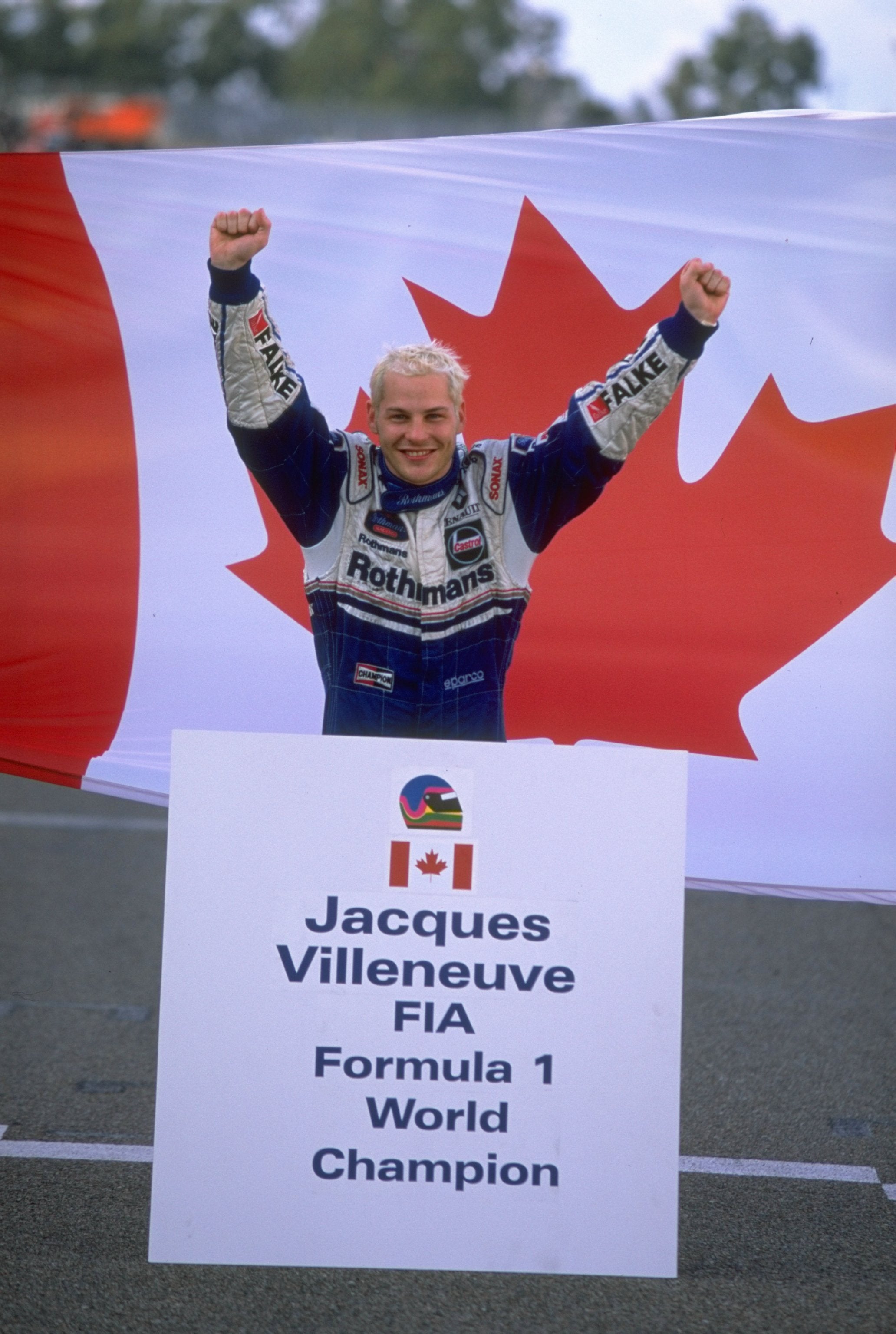
Noting he only needed the signature of his mother, Joann, prior to the age of 18, Villeneuve insists by the time F1 beckoned, she wasn’t even involved with the decision-making process. Nonetheless, she wasn’t going to stand in his way.
“How could I say no to Jacques when I had supported his father doing the same thing,” Joann told The Independent, in a 2023 interview. “I couldn’t bring myself to break his dream. It was more about dissociating both events.
“The pride of seeing Jacques succeed [with his 1997 title win] in something that was so difficult. He had so much pressure and expectations on him when he started and overcame all of that.”
By a twist of fate, Villeneuve claimed his title with Williams a year after Damon Hill – himself the son of an F1 world champion – claimed his sole championship with the same team.
Now, with six children of his own, will Villeneuve aim to continue the natural line of succession?
“I wouldn’t encourage it but I would support it, it’s not exactly the same thing,” he reveals.
“My two-year-old is called Gilles and my ten-year-old is called Henry, which was my Dad’s middle name. And they’re the only two interested in cars!
“Maybe there’s power in the name.”
The media
If you hold the best microphone in the world for the good moments, then you’ve also got to hold it for this.
Recalling the desperately unfortunate and tragic chain of events on 31 August 2019, Alex Jacques chokes up.
“It was a huge amount of responsibility to sound as OK as possible, because you know everyone else wasn’t,” he reflects, now, on Anthoine Hubert’s horror crash with Juan Manuel Correa in an F2 race at Spa-Francorchamps, which took the Frenchman’s life.
“I was completely numb and astonished it could happen on a modern grand prix weekend. I saw people absolutely broken by the news.”
Jacques, now the highly recognisable lead commentator for F1TV and Channel 4, started his motorsport broadcasting journey down the ladder in Formula 3 and GP2 (now Formula 2) and, such is his admiration for the youngsters starting their journey to the top, he still commentates on F2.
For members of the media – commentators, pundits and journalists – frightening incidents are an inevitability of covering motorsport for a long period of time. Albeit rarer nowadays than ever before, the responsibility at the mouth or fingertip of said reporter in moments of tragedy is massive, as they look to describe and explain details of events which may be unclear or hazy at first.
For Jacques, who had one look at 22-year-old Hubert’s horror collision with Correa like everyone else due to replay protocol regarding extreme accidents, it was the most difficult moment of his career.
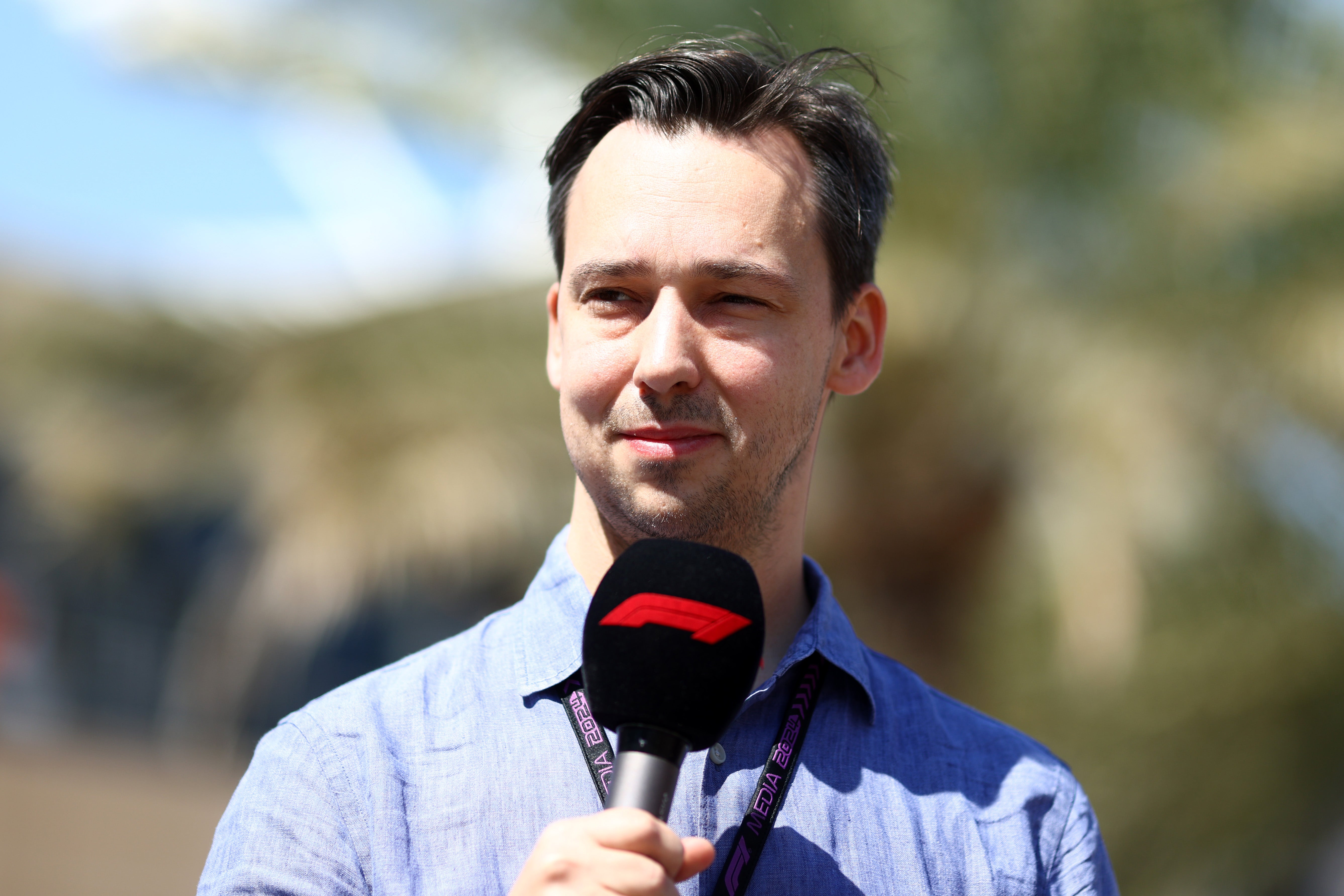
“The shock of the image while you’re broadcasting is quite difficult to compute,” he explains. “I was aware we were in a very serious situation but then you’re playing it over in your mind… what you think you have seen from what you might have seen.
“The gallery cannot look away, they are seeing the extremity of this accident and they can’t get it off their screens. So there’s a decision made in real-time about how much information to convey to us. I was told it was serious – and that was it.
“But then your heart sinks when you know it’s not just serious, it’s severe. Your brain slows down because you’re no longer doing sport... you’re doing news.”
Beyond all else, when it is a matter of life and death, accuracy is of paramount importance.
“The most important thing, as the narrator of such moments, is to never speculate,” David Croft, Sky Sports F1’s lead commentator, tells The Independent. Croft was the man with the microphone during Bianchi’s incident in 2014.
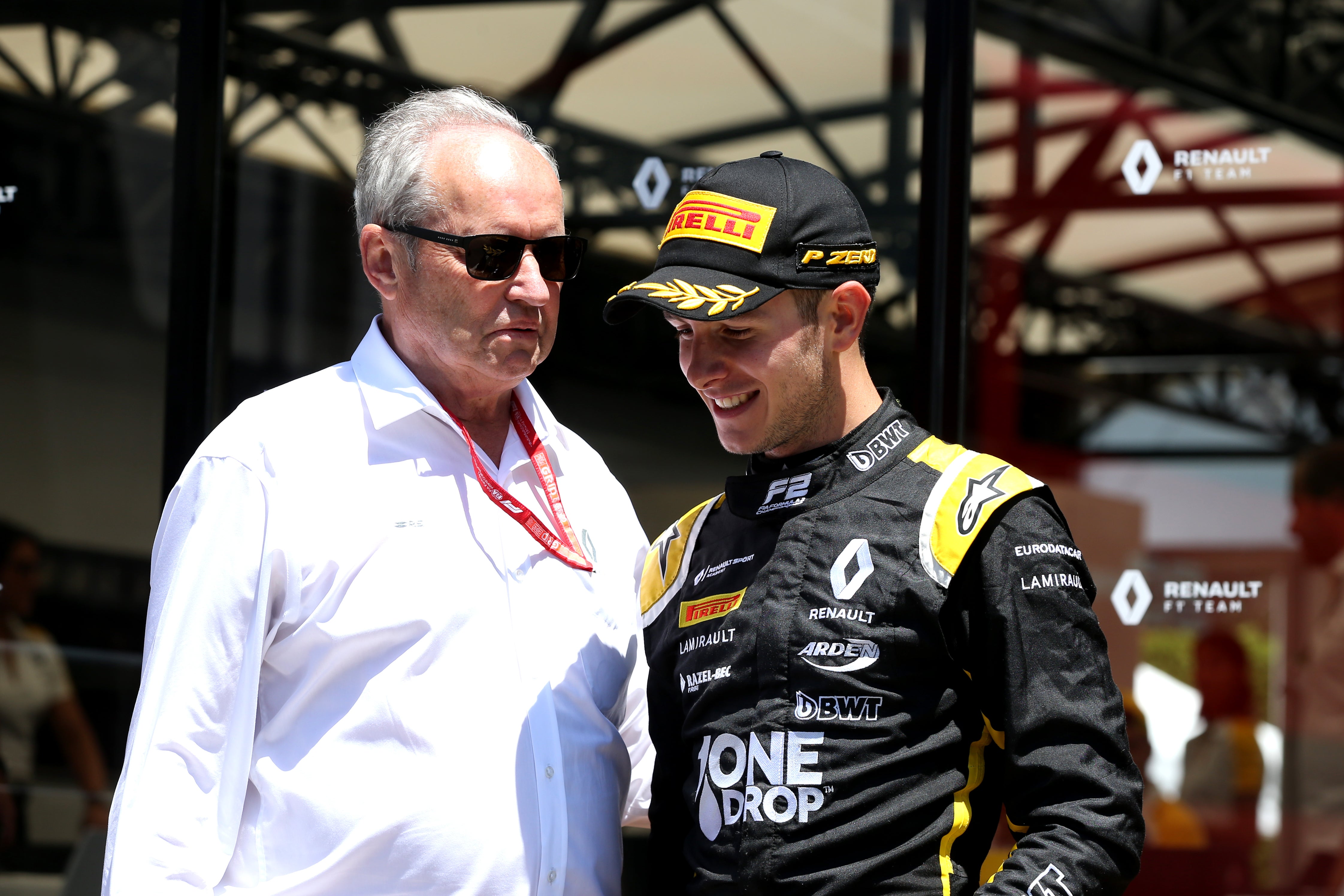
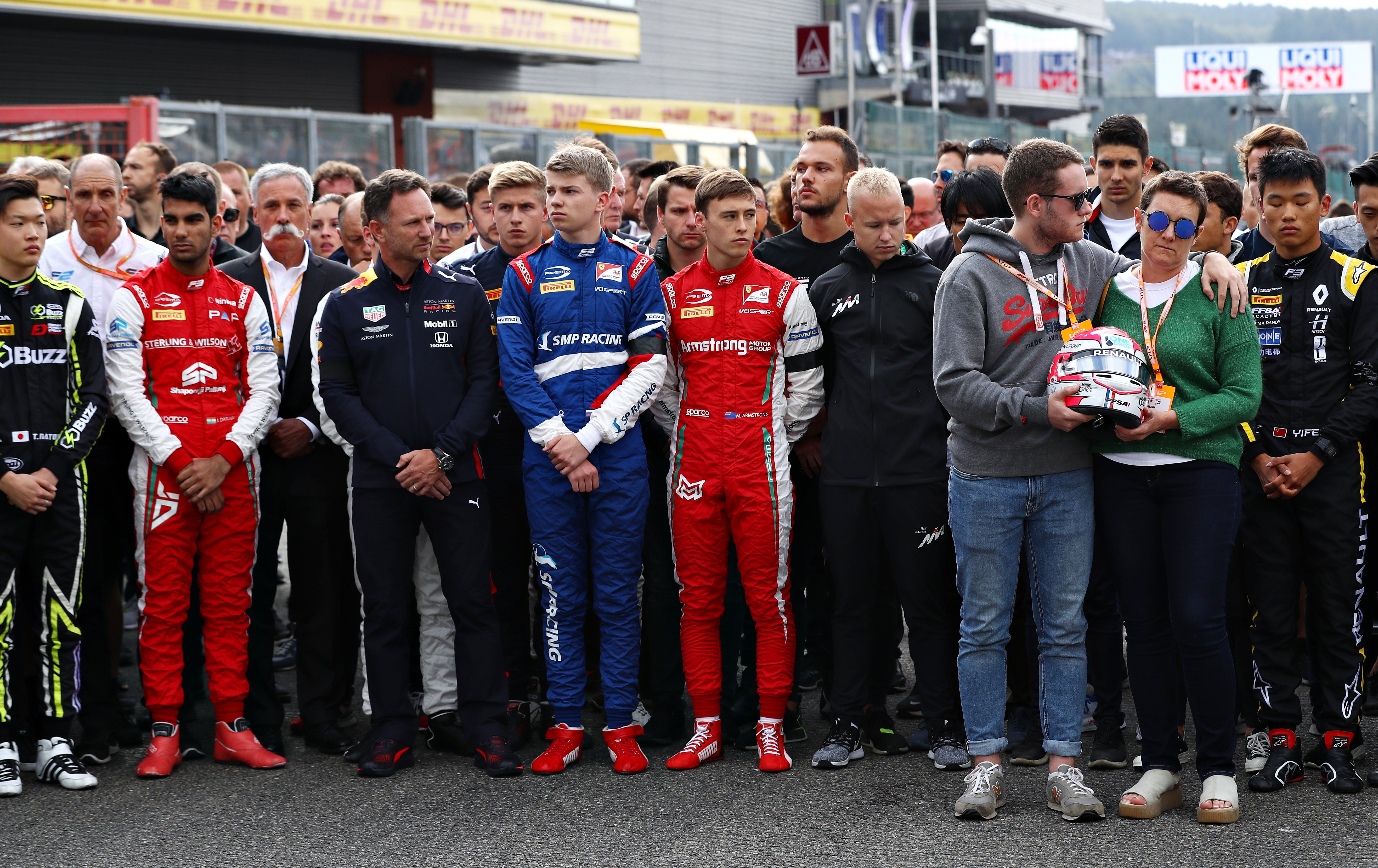
“As a commentator, you just want to keep your tone right. You say what you know to be true and you don’t say anything sensationalistic. There’s a sensitive tone and balance to be struck. It’s only when you sit down afterwards, you think ‘that’s a very intense period of work’ but we’re paid to do that.
“Sky entrusts Martin [Brundle] and myself to tell the story with responsibility and accuracy at all times and that’s what we try and do.”
As Hubert’s death became public knowledge a few hours after the incident, Jacques recalls a “deafening silence” across the Belgian race track. The next day, he recorded the 22-year-old’s obituary and, a week later in Monza, paid an emotional tribute to Hubert prior to F2’s return to the racetrack.
ALEX JACQUES’ TRIBUTE TO ANTHOINE HUBERT, MONZA 2019:
“When the sport that brings you joy suddenly brings you heartbreak, you are confronted with a choice: stop and despair, or endure and continue.
“The drivers of Formula 2 reject despair. Not because they do not grieve, but because they are determined in their defiance.
“Know this with certainty: Anthoine Hubert will never be forgotten. He was special, on and off track. And the 17 on the grid today choose to honour him.
“They choose to race.”
“I went from reeling from what I saw on the day to a responsibility the next day to try and articulate something, anything, and then the week after to pay tribute to his character,” he sums up.
“In Monza, I was able to be really honest in a way you can only be when it’s such a serious subject matter. It was a really raw experience on a really dark day.”
Five years on, Jacques was asked to take part in a touching tribute video by Alpine, which also involved Hubert’s close friend Pierre Gasly. In such moments of devastation, bonds emerge across the paddock in recognition of someone so admired and respected, lost too soon.
“The main thing I want to make abundantly clear is that it’s never about you,” Jacques says. “It’s about his family, friends and team. It’s about what they’ve suffered and what they’ve lost.
“I feel a responsibility to talk about him because of what everyone went through. His friends, family and team are the key element – they’re the ones who take the enormous, emotional brunt of it.
“It’s why I’ll always mention them, and Anthoine, every single time I broadcast from Spa.”
The fans
How can I be interested in a sport where people can die?
Out of all 777 drivers to have taken part in a Formula 1 race, nobody captured the hearts and minds quite like Ayrton Senna.
If you want proof, look no further than the 2010 documentary film, Senna, which won two BAFTAs. Look no further than the statues of the Brazilian legend in Interlagos, Imola and Budapest. And look no further than a new Netflix series, due for release next month, based on Senna’s life. His legacy endures. Both in Brazil and across the world, Senna’s aura seems almost eternal.
“He obviously had a strong personality and was a real racer,” says Stephanie Gerken, a Senna fan who was in the crowd as the Brazilian claimed one of his most famous wins in the rain at Donington Park in 1993.
Gerken, alongside her husband Paul, was watching a junior event at Silverstone on 1 May 1994 – the day which concluded F1’s darkest weekend, 1,000 miles away in Imola.
The sport had lost Austrian F1 driver Roland Ratzenberger a day earlier. The San Marino Grand Prix went ahead; Senna was leading before his Williams car smashed into Tamburello corner on lap seven at 131mph. His death, at the age of 34, was announced to the world later that evening.
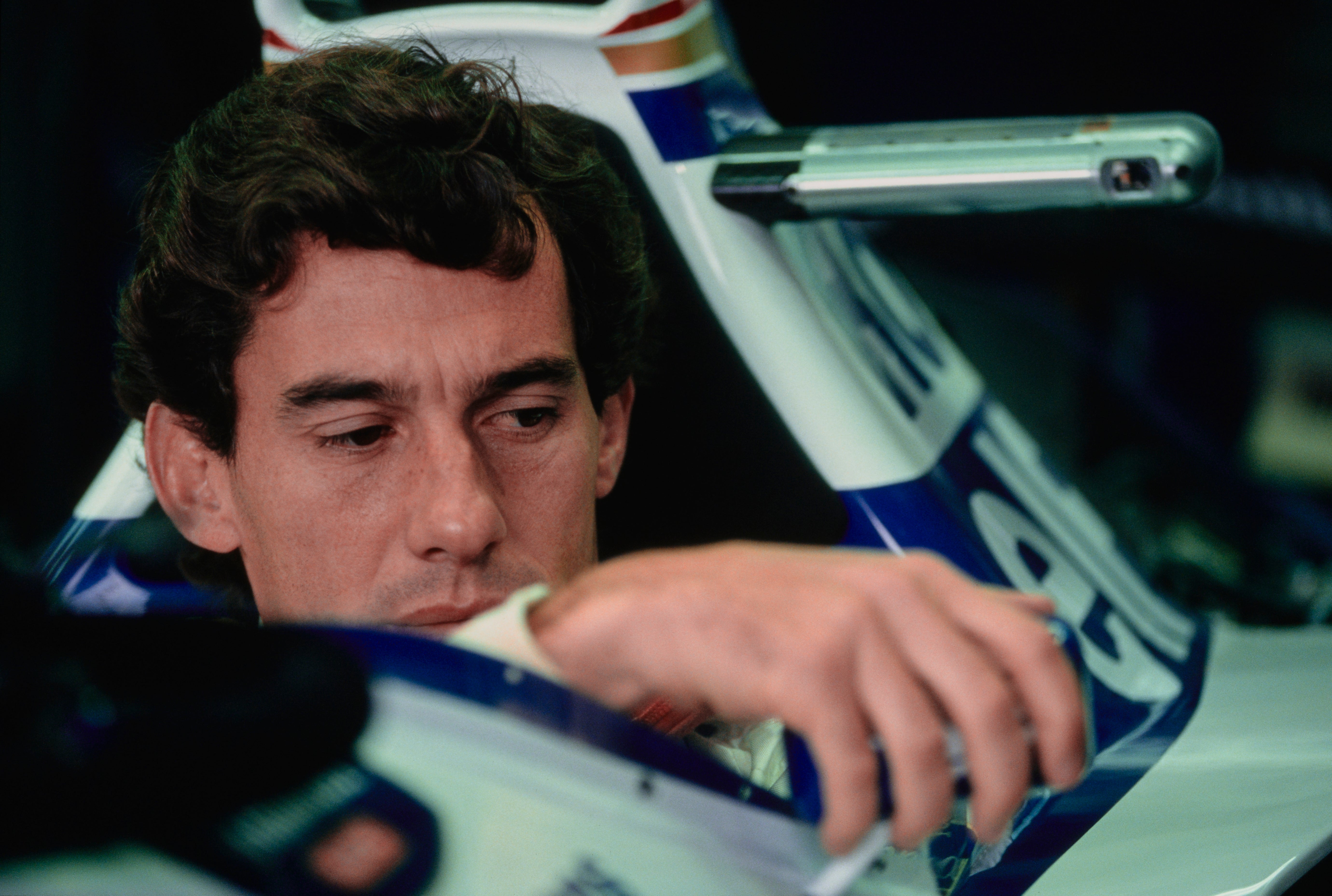
“I had a feeling of dread when I saw the accident in the bar at Silverstone,” Gerken, 53, recalls. “It had already been a difficult weekend with accidents, what had happened now? You never thought it could happen to someone like Senna.
“It was desperately sad, I cried a lot that evening. I didn’t want to go anywhere or do anything. It almost felt like another world. And it was also a realisation that the sport I’d followed for over a decade was still really dangerous.”
Three days of national mourning followed in Brazil, with three million people lining the streets of Sao Paulo on the day of his funeral. It was at this point that Gerken realised something that is common knowledge now: to many, Senna was more than just a three-time F1 world champion.
“I was a fan of Senna from a motor-racing perspective but I hadn’t grasped that he was more than just an F1 driver until that point,” she says. “It made me realise what he meant to the people of Brazil, all the work he’d done for charity. He wasn’t just a racing driver.”
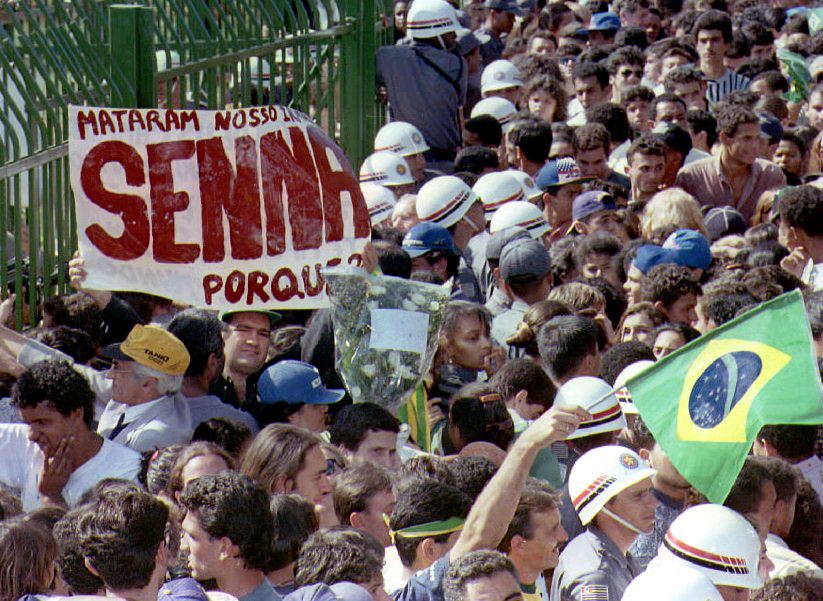
In the months and years since, Senna is revered like a figure of royalty. For Gerken, who has attended 89 F1 races, wrestling with the notion that the sport she is passionate about can have deadly consequences was a difficult one to digest.
“How can I be interested in a sport where people can die?” she says, remembering her presence at Oulton Park when Paul Warwick died in a Formula 3000 race in 1991. “It didn’t make logical sense.
“But I resolve it in my head in the same way the drivers do. As awful as it is, they know the risk and they do it willingly. They all know the element of danger and they still choose to do it because they love doing it.
“It sounds flippant to say what I feel is akin to what the drivers feel – it obviously isn’t – but it’s the same thought process.”
Those who take on the risks and rewards of motorsport often preach about the thrill of it all; a sensation which is unmatchable anywhere else. It is that same thrill, that tingle of excitement, which attracts millions of fans worldwide to attend and watch races around the world.
The risk is clear – but it is what keeps people coming back.
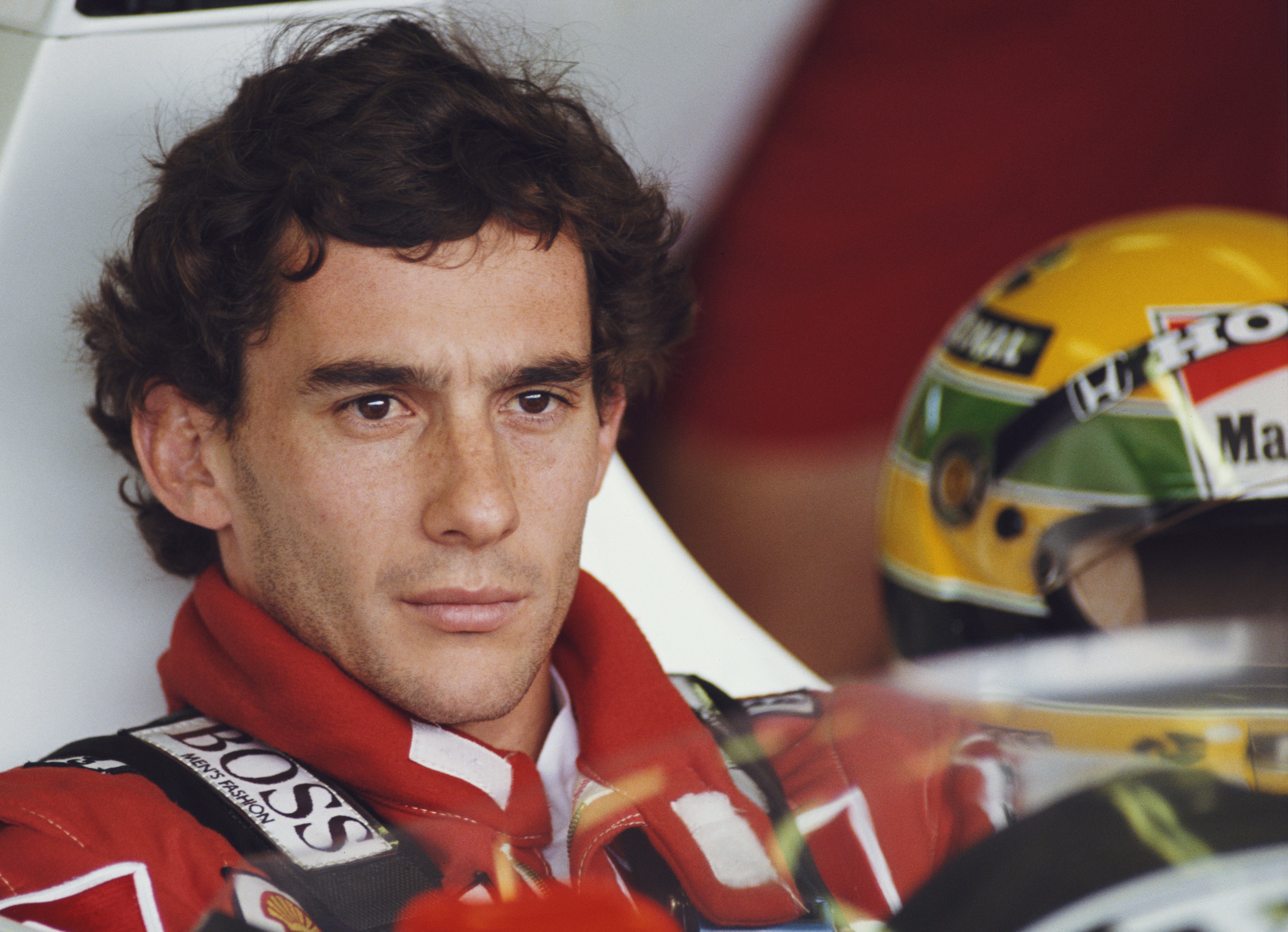
The entwinement in the way different sections of the motorsport community react to tragedy has been fascinating to explore.
There are stark differences in some respects. For instance, the families of those who pass away obviously feel the pain most in the rawest sense and, as alluded to by Villeneuve, the reactions of team members and fans should not overshadow that. As such, the care and delicacy of all those interviewed and the thoughtfulness behind their words was hugely commendable and helpful.
However, the overwhelming conclusions are two-fold. Firstly, the unity and harmony shown throughout all sectors. In moments where such tragedies could evoke weakness and fragility given the devastating reality, the solidarity shown across the paddock is a massive source of strength at a time of mourning.
Chilton says Bianchi still enters his thoughts 10 years on, while commentator Jacques feels a duty beyond his job title to pay tribute to Hubert to this day. Gerken has visited Senna’s memorial at Imola as well as his grave in Sao Paulo. People grieve in different ways, but the compassionate and thoughtful response of the sport’s community is unmistakable.
The second main judgement is the appreciation for those who pioneered for safety in F1. From legendary driver Jackie Stewart to former race director Charlie Whiting and numerous others, F1 is a sport where the risk is clear-cut. Cars are heavier and quicker, with circuits tighter and trickier than ever before.
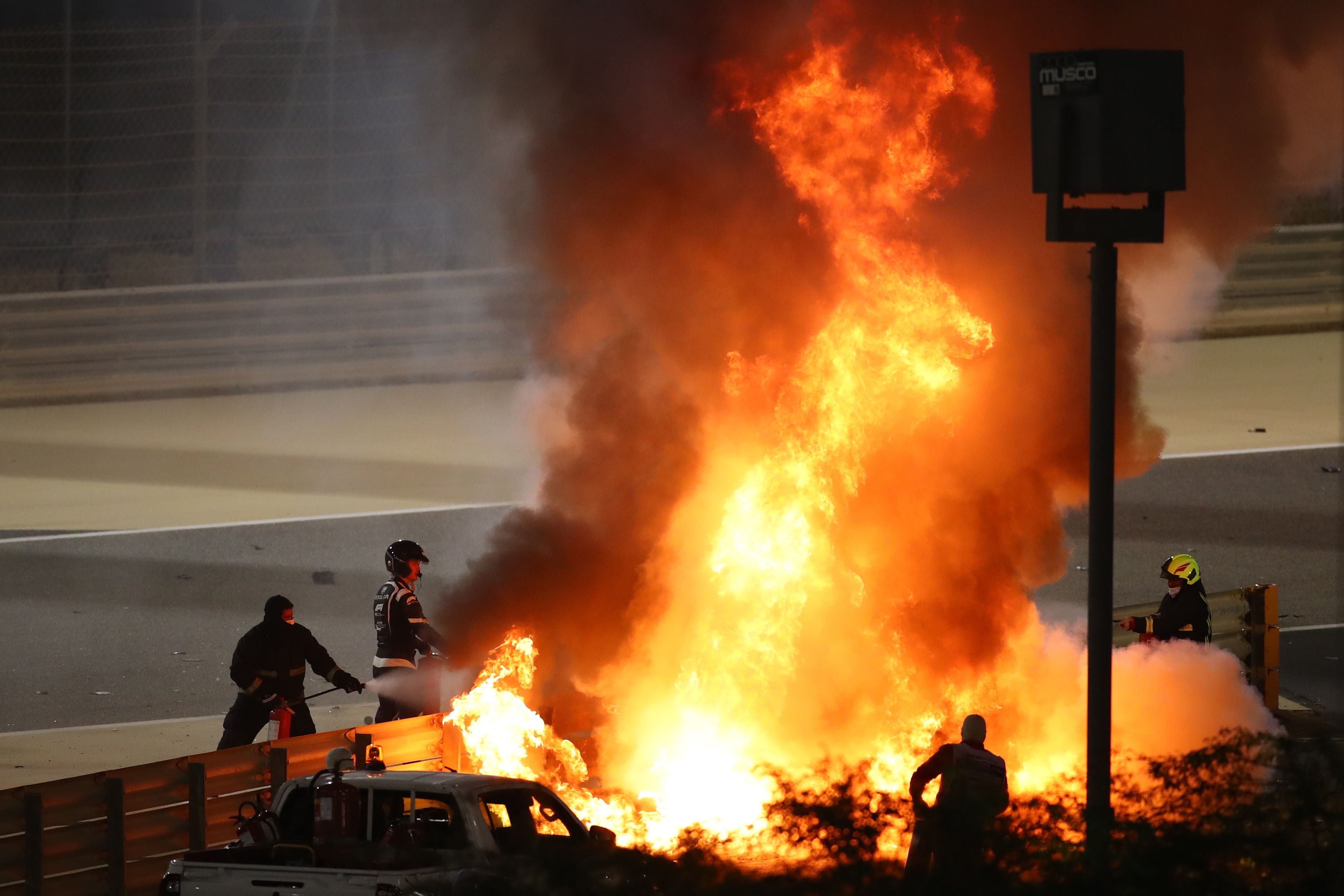
But safety mechanisms, such as the ‘halo’ device which has no doubt saved more lives since its mandatory introduction in 2018, is perhaps the biggest tribute possible to those who have lost their lives on track. That being said, there is always room for improvement and areas to take learnings, as illustrated by Dilano van ‘t Hoff’s fatal crash in a junior race at Spa last year and Gasly’s tractor near-miss in Suzuka in 2022.
Yet what is perhaps most revealing is the response of those drivers who come close to a fatal accident. Romain Grosjean was sat in an inferno in Bahrain four years ago before miraculously escaping; he made his IndyCar debut months later. Zhou Guanyu’s car was flipped upside-down at Silverstone two years ago and propelled into the catchment fence; the Sauber driver was back racing a week later. In both these cases, the ‘halo’ almost certainly saved their lives but their near-death experiences did not deter their future participation.
Formula 1, and all forms of motorsport, is not for the faint-hearted. It is a risky business. Beyond all the glamour and showbiz are drivers, usually young men and women, putting their lives on the line in machinery so fast that ordinary people cannot even fathom the peril encountered.
Their fearlessness and hunger for adrenaline is laudable; it is why they go racing, even the day after an accident. Leclerc, for instance, won his first race in F1 the day after his friend Hubert’s death, on the most emotional weekend of his career. Quite impressively, the drivers find ways to dissociate themselves from the dangers at hand.
To constantly live in fear of what is around the corner, both on and off the track, serves no positive purpose. But to keep in mind those lost, especially when anniversaries such as the decade since Bianchi’s accident pass, is to keep in mind the risks the drivers continue to take week-in, week-out. And it should not be forgotten.


